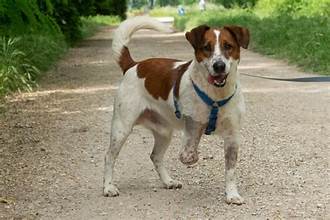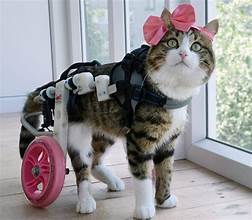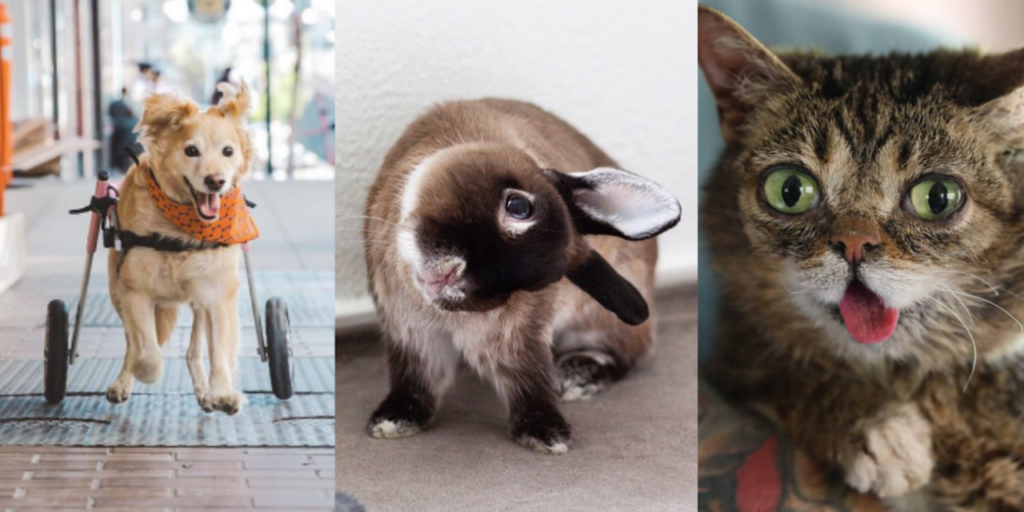Pets, like humans, can experience a range of disabilities. However, their resilience and ability to adapt inspire hope. Understanding these disabilities can help pet owners give their furry friends the best possible care. Let’s delve into the common types of disabilities that can affect pets.
Physical Disabilities
- Amputation:
Loss of a limb due to injury or illness.

- Arthritis:
A degenerative joint disease that causes pain and stiffness.
- Hip Dysplasia:
A hip joint malformation often leads to pain and lameness.
- Spinal Cord Injuries:
It can result in paralysis or loss of sensation in certain body parts.
- Cerebellar Hypoplasia:
A neurological disorder that affects balance and coordination.
Sensory Disabilities
- Blindness:
Conditions like cataracts or glaucoma often cause the inability to see.
- Deafness:
Inability to hear, often due to genetic factors or exposure to loud noises.
Behavioral Disabilities
- Separation Anxiety:
Excessive stress and anxiety when separated from their owners.

- Phobias:
Fear of specific objects, situations, or environments.
- Compulsive Disorders:
Repetitive behaviors, such as excessive grooming or tail chasing.
How to Care for a Disabled Pet
Caring for a disabled pet requires not just specialized care but also a great deal of patience, understanding, and empathy. Here are some tips:
- Consult a Veterinarian:
Regular veterinary check-ups are needed to monitor your pet’s health and adjust their care plan.
- Create a Safe Environment:
Remove hazards and obstacles to prevent accidents.
- Provide Adequate Nutrition:
Ensure your pet gets a balanced diet to support their health.
- Use Adaptive Equipment:
To help your pet navigate its environment, utilize tools like ramps for pets with mobility issues, harnesses for pets with balance problems, and wheelchairs for pets with limb disabilities.

- Provide Mental Stimulation:
Engage your pet in activities stimulating their mind and body.
- Be Patient and Understanding:
Adapting to a disability can take time.
By understanding the different types of disabilities that can affect pets, pet owners can provide the necessary care and support to improve their quality of life.




